Getting Home
When it All Goes Wrong
Welcome, my dear readers, once again into the asylum. For this Survival Saturday we are going to be discussing ‘get home bags’. While in the same family as bug out or go bags these are intended to get you home in the face of something bad going very wrong as opposed to getting out of your house in a bad situation. There will be considerable overlap in most cases. For the purposes of this article, I am going to assume you have firearms and extra ammunition appropriate to the situation. I wrote a series of articles as an introduction to firearms that you can find here, here, and here if you want more information.
Your get home bag should be tailored for your situation and possible complications or emergencies you may encounter. The purpose of this bag is to make sure you have what you need to get home safely in suboptimal conditions. You will pack your get home bag differently for a 10-mile hiking trail whose trailhead is 20 miles from cell service in bear country than you would for a cross-country trip by car. You will also probably change the contents depending on season and your strategy for getting home. If you plan on waiting in a broken-down or stuck car until help arrives your bag will be different than if you expect to have to hike some miles to get home.
I know you are saying ‘You crazy prepper types are just wasting your time. The end of the world as we know it isn’t going to happen.’ Maybe or maybe not, but tornados, hurricanes, earthquakes, and other natural disasters happen. Cars break down, slide into ditches, people get injured during outdoor recreation, and dozens of other possible scenarios could cause you to need a get home bag tailored to the situations you feel you might encounter.
The first consideration is your strategy to survive a given situation. If you live in a place like North or South Dakota where there is a real chance of sliding or being blown off the road in a remote place during the winter your strategy is probably going to be to stay in the car and wait for rescue regardless of if you can call out on your cell phone or not because the risk of injury or death trying to walk anywhere in the negative 10-20 degree weather with much colder wind chills is very high. As a result, the weight of this kit isn’t going to be much of a concern as long as you can fit it in the trunk. Where in a place like Oklahoma, where your car might be damaged by a tornado, or you may be trapped inside an area damaged by a tornado your strategy will probably be to walk out to where someone can pick you up, if not walking all the way home. In this case weight will be a prime concern since it will be difficult to lug 25-30 pounds of gear through rough storm damaged areas.
Beyond those concerns you will need to make sure you have water, food, warmth, first aid, and whatever else you may require to survive the situation and get home. There are tons of combinations of kits and tons of solutions to the same or similar problems. As such, two get home bags for the same set of possible emergencies in the same region may look totally different. I personally try to be as general as possible because if something crazy pops off while I am at the office I might have a 50+ mile walk home, or if I am hunting public land and fall down a ravine, hurting myself so I can’t walk out, I might have to live there until I am late getting home and people come looking, or any of a dozen other scenarios that my brain can think up, and if we are honest I am a little bit lazy. So while I have several of these kits put together to toss into my vehicles and have if needed, I chose to go with an 8 pound 9 ounce one size fits all solution. Please note that all my vehicles also have a roadside emergency kit that includes a hydraulic jack, 4-way tire iron, jumper cables, and other things so they will not be listed in this kit. My kit is in a sling style bag and at under 9 pounds it is light enough not to slow me down and allow me to carry it a long time. When picking your bag you want it to be inconspicuous, capable of holding and organizing your entire kit, have good straps so you can carry it hands free (unless your strategy is stay put to be rescued if that is the case get a 60-gallon rubber maid bin for your trunk if you want), and the bag must have some degree of water proofing or water resistance. This is one of my bags (they are not all this exact bag, but similar, and all sling style):
If I ever have to use this for any reason I am probably going to have to walk or I am going to be stuck. So, the first concern is water. Water is very heavy, and it is very hot where I live so my strategy for making sure I have water is multi layered the first is a standard liter canteen:
It is strapped to the outside of the bag for easy access. You can either make sure to dump clean and refill the canteen every 6 months or so or you can put a couple of tablespoons of bleach into it close the canteen tightly and then give it a shake. After that, unscrew the cap and drain out as much bleach as you can and then fill it with water. If you do that it won’t matter if it is 3 weeks or 3 years before you need it, the water will be potable.
My next hydration strategy is a straw style water filter for drinking directly from unclean water sources. The straw filter is kept in an external pouch so I can get to it without opening the entire bag, and once deployed it has a cord and can be worn around my neck for easy access.
My final dedicated water solution is a one-gallon gravity water filter that will allow me to safely refill my canteen from unknown or unsafe sources when I stop to rest (If I have to walk home from work it will probably be more than one day’s worth of journey since it is over 50 miles). One of the biggest advantages of the one-gallon filter is it only requires 18 inches of elevation to work so with a little caution it can be used without broadcasting you have it. This lives in the main compartment of the bag, as it will only be removed when I am stopped and secure.
The next item on my list is food. I carry two coast guard approved two-day ration bars. They are not total nutrition, and you would get better nutrition for a big jar of peanut butter, small jar of jelly, and tortillas at the cost of more weight and less time between having to rotate them out of your kit. These bars do provide some nutrition, but more importantly they provide calories that are compact, lightweight (4 days food for around the same weight as 1 MRE), and can be forgotten about for decades before use and still be fine. They function much like the forever bar (here). Until opened they reside on the interior of the bag and after they would go in an external side pocket.
The next item is shelter and warmth. While fire is an option and the provision for that will be covered in a little bit, my kit contains both an emergency tent and sleeping bag. They are both mylar and not intended for long term use, but they are very light weight and if you do a little research there are a couple of companies making them out of a higher-grade material. The typical space blanket, that is almost cliche and a cheap filler item in some kits, are typically less than a millimeter thick and while good for one use kind of are not quality kit. The tent is 2.5 millimeters thick mylar and the sleeping bag is 1.5 millimeters thick mylar. As such, they hold up much better for short term use even several days and the pair weigh less than a pound while costing less than ultra-light hiking tents. These are carried in the main compartment of the bag.
This brings us to first aid, and my kits are a little supped up. They include a selection of over-the-counter medications, band aids, antibiotic ointment, gauze, tourniquet, nonstick dressings, trauma sheers, Israeli pressure bandage, burn cream, bite cream, wound cleaner, and bleed stop, among other things, to cover the over-the-counter portion. It also contains two full courses of Doxycycline (Thank you, Jase! here) because if something happens where I am using this kit if I get cut and it gets filthy before I can clean and cover it we are taking no chances with infection. This is inside the main compartment on top, but if I ever must use the get home kit, it will be strapped to the exterior before I start moving. Also note, nothing is opened and everything is still sealed and sterile because once you open anything, even if you do not use it, you either have to replace it or sterilize it and reseal it somehow.
I also have two lights in my kit. One aluminum body 450 lumen flashlight with adjustable beam and one adjustable 75-300 lumen clip light with multiple modes including red and strobe. The clip light also has an attachable head band and can be powered by AAs or if the AAs are rechargeable can act as the charger. These can be used to see where I am going, as dim light to read maps or other things without producing a massive light signature, or as a signal to help people find me. The clip light is attached to the exterior of my bag and the flashlight is in the side pocket. These are in addition to the several small tactical flashlights I always have in my pockets.
The next item is replacement batteries for the lights. 10-year guaranteed AAs and I think their use is fairly self-explanatory.
In an exterior side pocket, I also keep a compass so that I don’t get turned around. It also has a whistle on its lanyard if I need to signal my location (missed getting it in the frame).
This item resides in the pack at rest but would also be strapped to the exterior when in use. It is a ¾ size entrenchment tool. I went for the smaller one because of the reduced weight. While I may have to bury waste of various types or dig out a fire pit, I hope to not need to dig a fighting hole (but it could also probably still do that if it had to).
This is the last obviously practical item in my kit, and it is my fire kit. It includes Zippo hurricane matches, a tinder kit, and a spark striker. I do not have a butane lighter because they all slowly leak at some rate, they don’t work well wet, and even if they still have fuel, the flint often goes out before it does. Arc lighter have to be charged and in either case you have to check them every so often to make sure they are still good to go. My kit will be good to go in 30 years without being looked in on. The Zippo hurricane matches light wet, can be quenched and will reignite automatically if pulled out of the water quickly, come in a refillable water tight case that floats, and include several replacement striker pads on the inside of the case (if only they were strike anywhere, they would be perfect). The tinder kit includes several fat wood sticks to be feathered, magnesium shavings to help light green or wet wood, and fire-starting wool (wood shavings treated with an oil-based accelerant) that starts burning with even the slightest spark. In practice I have started fires with just the striking steel and tinder kit with both green and wet wood, wet tinder, and in the rain. I feel confident that with little practice these tools can start a fire in any situation.
Beyond this point are items that have been included to satisfy various ‘what if’ situations and other complications I have thought about over time. For brevity, I am not going to explain the use of all of them, but I am sure you can think of ways you might use them to get home.
The first set of items is a folding hand saw primarily for obtaining firewood, and my favorite all around utility fixed blade the Cold Steel SRK. The SRK is as plain a clip point knife as there is, but it’s no slip rubberized handle will not slip even if your hands are wet with water or blood from butchering a critter. The knife holds an edge well and is relatively easy to sharpen back up when needed. It is an excellent choice for anything from camp knife, cleaning game, or shaving kindling. I am not the only person to love this blade either (here and here).
I also carry a light weight folding camping pot, that can be used to boil water as a last-ditch attempt at hydration, general cooking, or to sterilize items that had gotten bloody or otherwise contaminated. This one gets two pictures, one folded and one assembled.
I also pack paracord and some 110-pound string, because both are useful in a time of different circumstances.
I also carry a decent multi-tool, in a case, hooked to the exterior of the bag.
Not pictured but important are a set of eye protection, work gloves, and four dust masks.
This is what I have in all my vehicles and carry anytime I am going into the field more than a couple hundred yards from the car. Your situation, preferences, and mind set are probably different than mine, so your kit will be different, but I hope this tour through my get home bag helps you to think about what you might need to assemble a similar kit for yourself.
Matthew 25:1-13
25 “At that time the kingdom of heaven will be like ten virgins who took their lamps and went out to meet the bridegroom. 2 Five of them were foolish and five were wise. 3 The foolish ones took their lamps but did not take any oil with them. 4 The wise ones, however, took oil in jars along with their lamps. 5 The bridegroom was a long time in coming, and they all became drowsy and fell asleep.
6 “At midnight the cry rang out: ‘Here’s the bridegroom! Come out to meet him!’
7 “Then all the virgins woke up and trimmed their lamps. 8 The foolish ones said to the wise, ‘Give us some of your oil; our lamps are going out.’
9 “‘No,’ they replied, ‘there may not be enough for both us and you. Instead, go to those who sell oil and buy some for yourselves.’
10 “But while they were on their way to buy the oil, the bridegroom arrived. The virgins who were ready went in with him to the wedding banquet. And the door was shut.
11 “Later the others also came. ‘Lord, Lord,’ they said, ‘open the door for us!’
12 “But he replied, ‘Truly I tell you, I don’t know you.’
13 “Therefore keep watch, because you do not know the day or the hour.
God Bless you!
-Sam



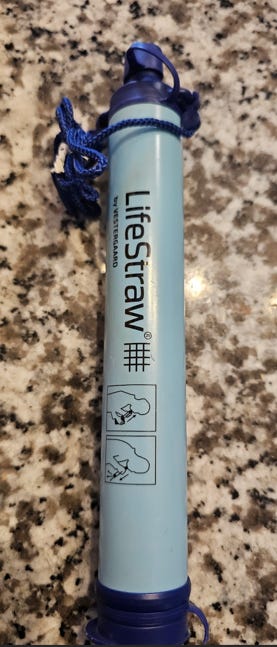
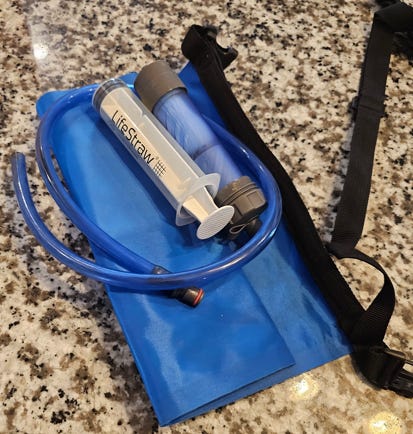
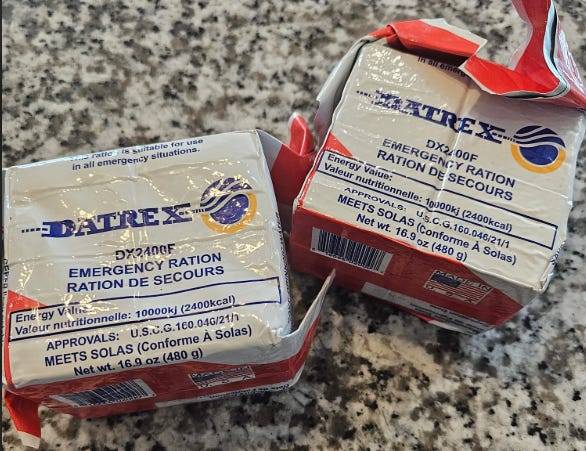

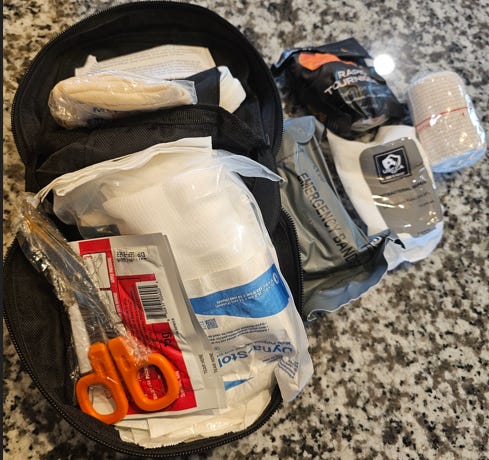
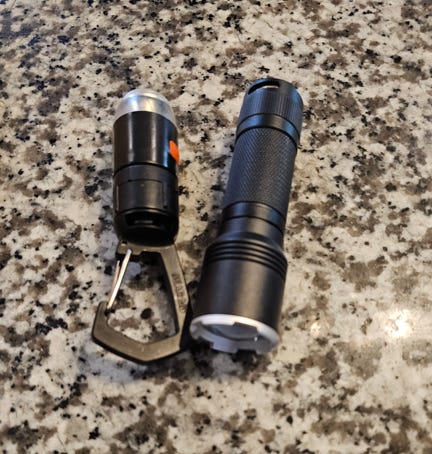
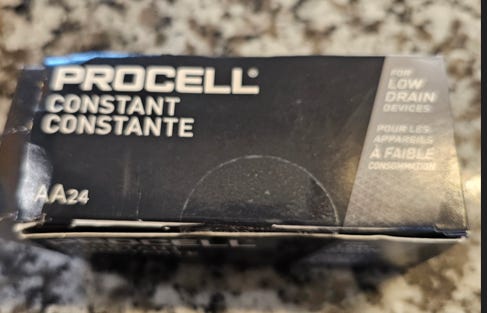


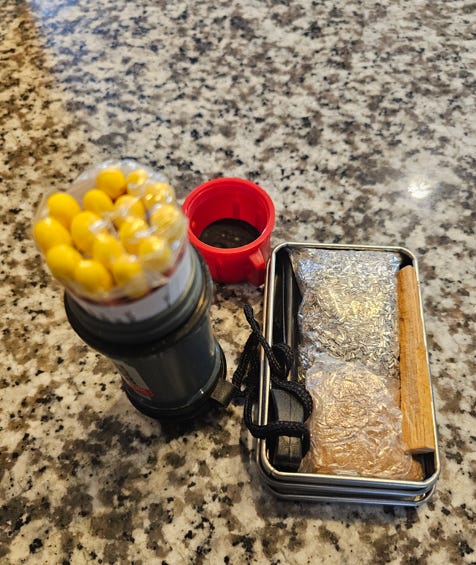
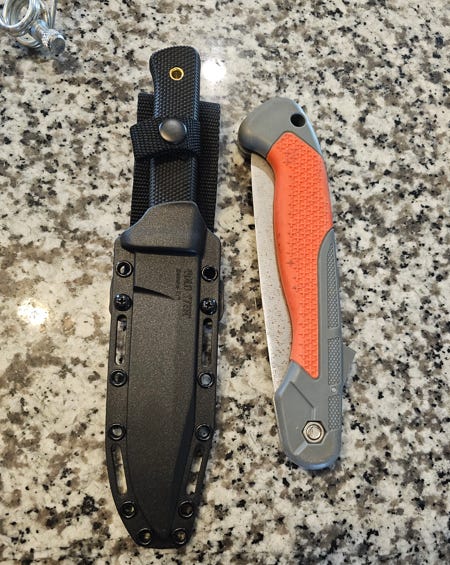
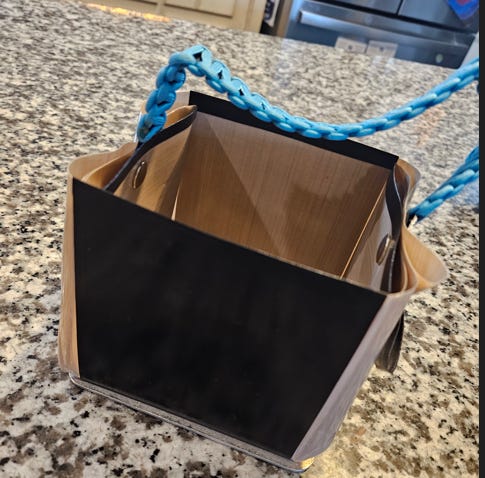
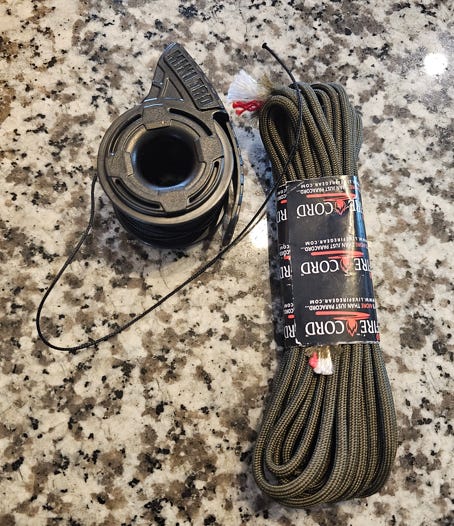
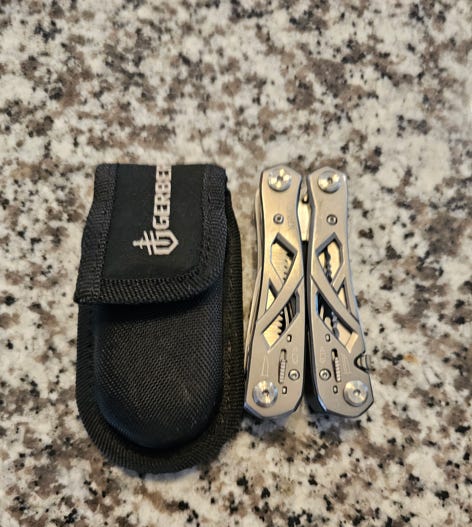
Great tips and advice. Several of those items I had not thought of.